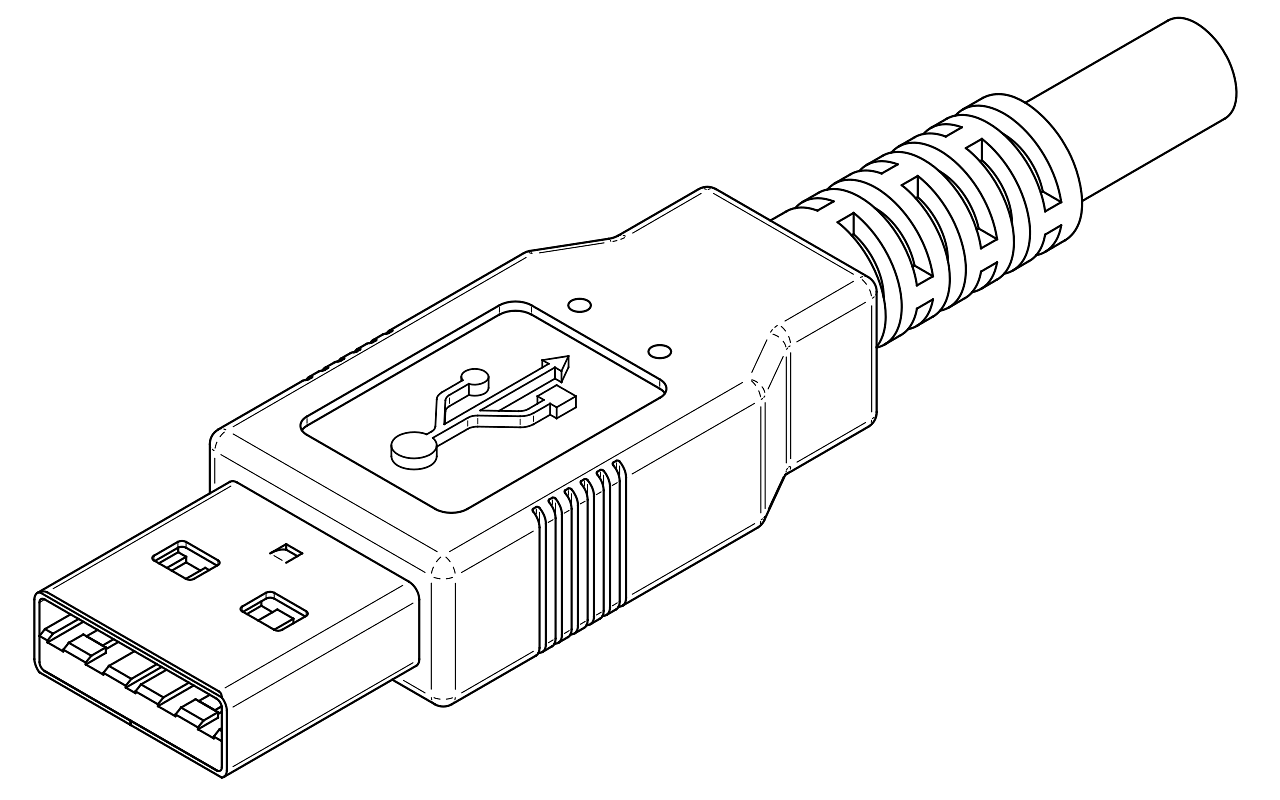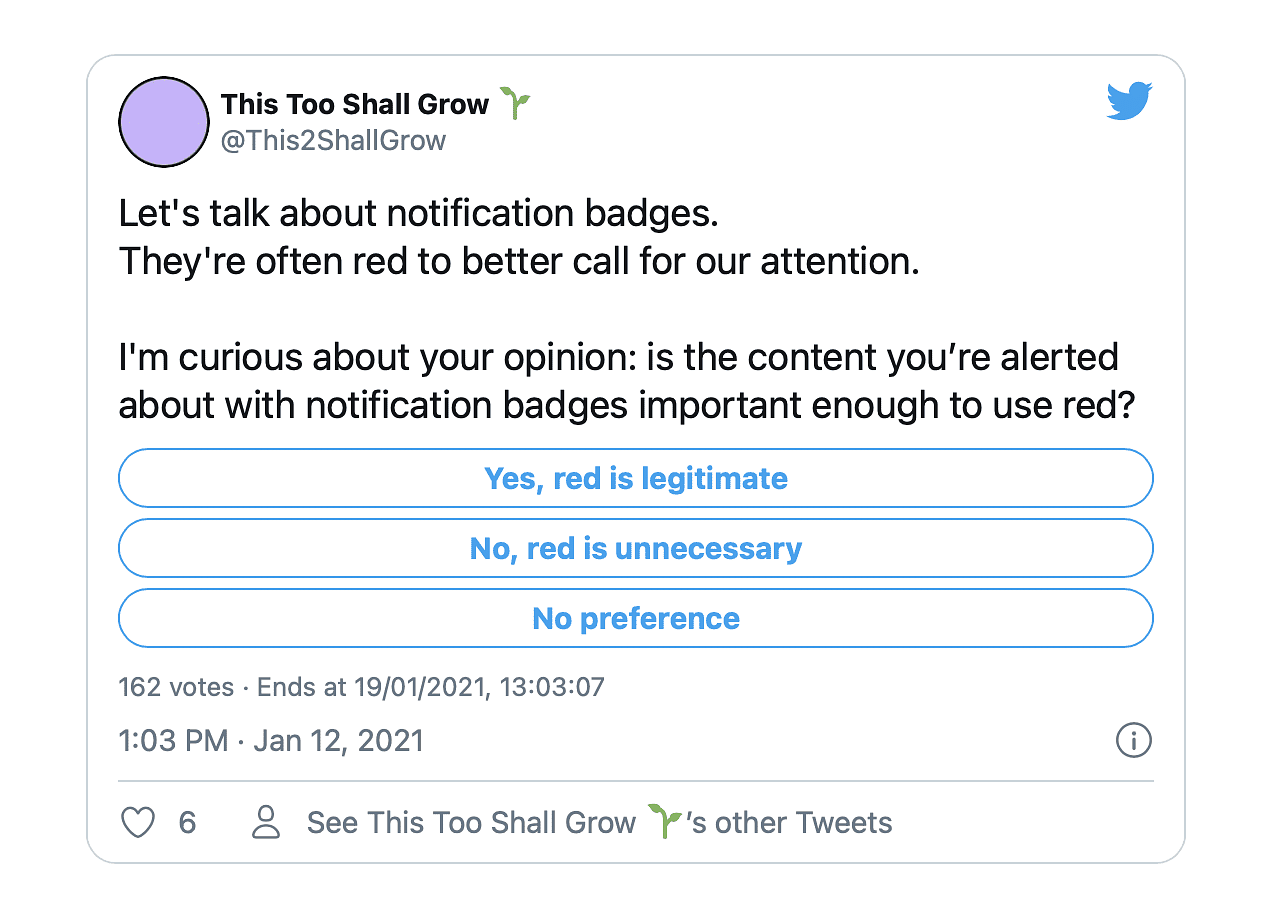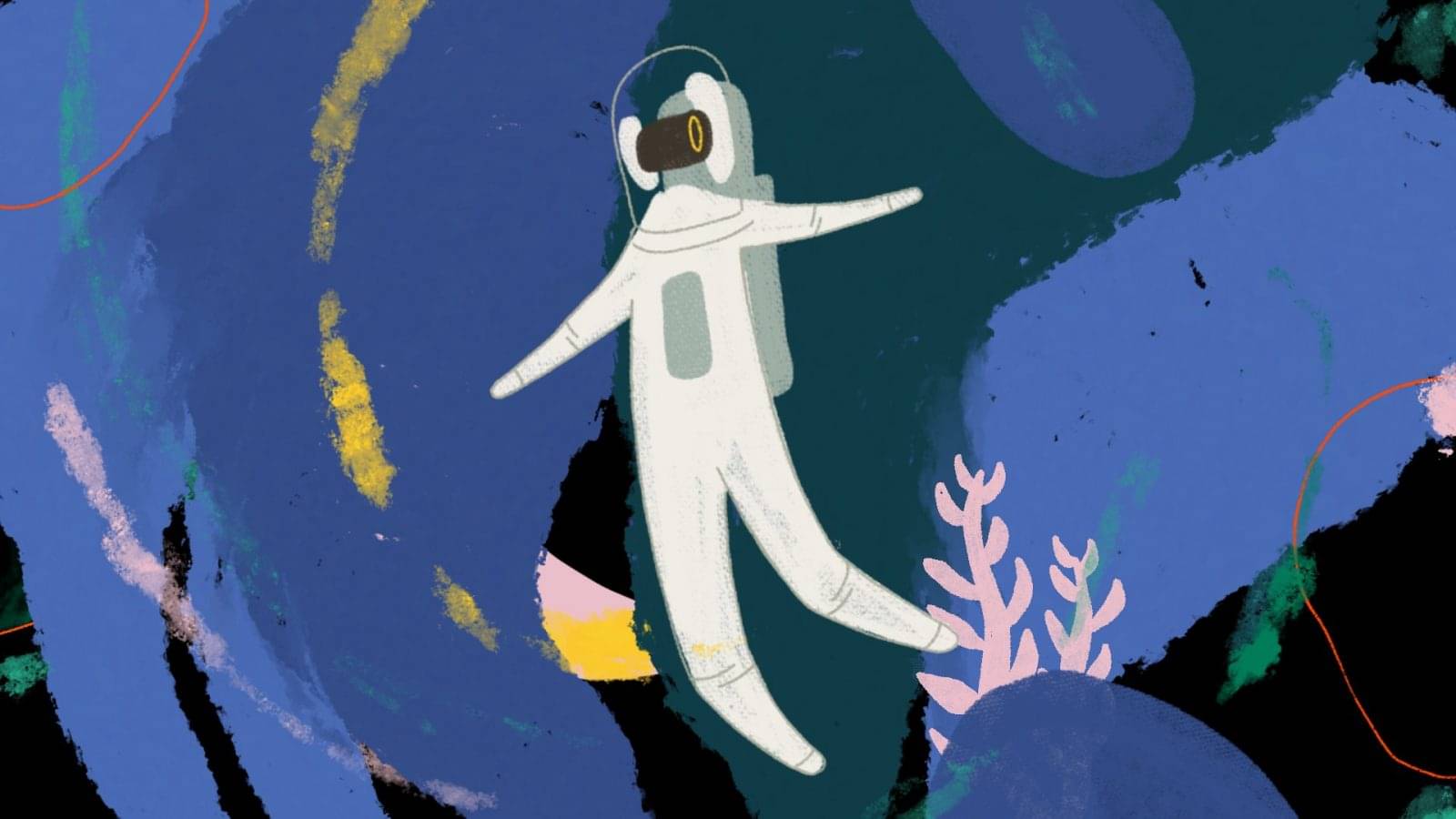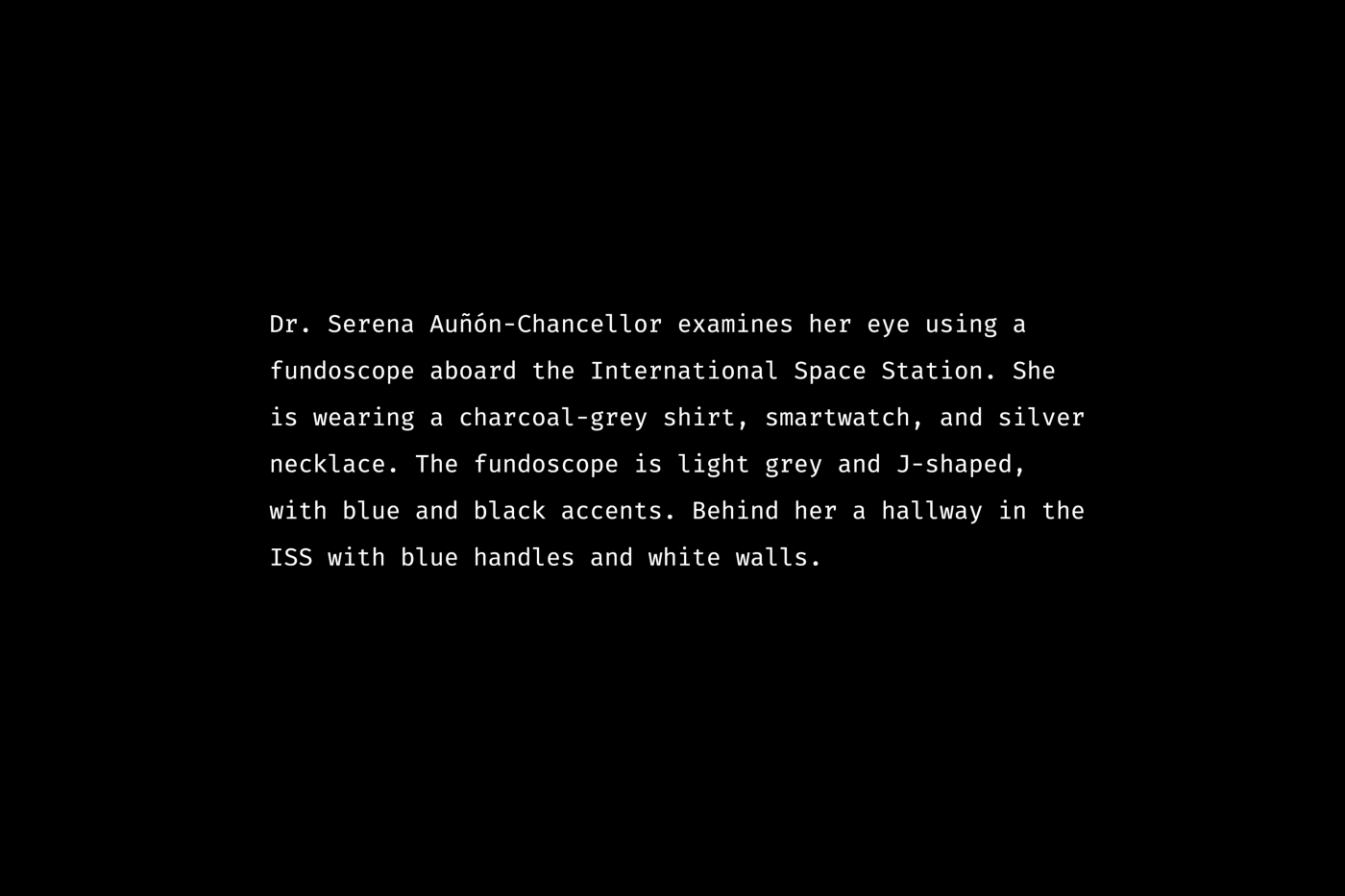Veteran product designer explains why this is a good thing
Originally published in OneZero.
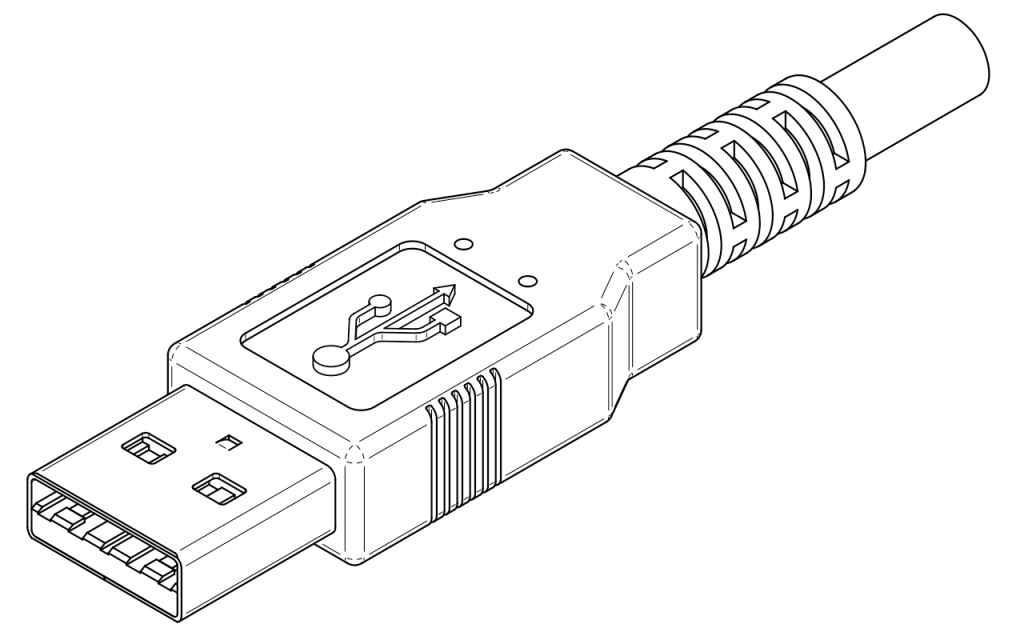
“You ruined my life! All I see everywhere is bad design!”
— A non-designer friend
The outburst surprised me. I guess years of listening to me point out bad design finally took its toll. Instead of just traveling blithely through life, my friend now found himself scrutinizing everything around him, often finding things lacking, ill-conceived, and frustrating.
“Congratulations,” I told him. “You’re now officially a designer.”
“I guess one of the curses of what you do (as a designer) is that you’re constantly looking at something and thinking, ‘Why is it like that and not this?’ And so, in that sense, you’re constantly designing.”
One night, after listening to me gripe about yet another example of poor design — it might have been a TV remote, light switch, or photo app — my wife said, “It must be miserable being you.” I knew what she meant: I’m always judging things around me. When something doesn’t work as expected, I conduct an on-the-spot audit and redesign. I’m not miserable, though. Well, at least not about my ad hoc redesigns.
I did, however, make a mental note: Stop redesigning things out loud. It bothers people.

Many designers think of design as an act of creation, an additive process, a form of construction. These characteristics are of course essential parts of the design process. But good design actually begins with an act of demolition and deconstruction, of tearing things apart before ultimately reconstituting them in a better way. It starts either by finding flaws in an existing product or experience or ripping away at assumptions to create something wholly new and novel.
I’m always wary when I hear solutions being discussed before problems.
Designers may not be trained to think this way; instead, they’re encouraged to pursue originality and uniqueness. Good design, though, traces its deepest roots to the designer’s critical, skeptical eye, and good designers believe in a kind of utopia where each flawed thing can be redesigned just as it should be.
Ironically, the designers who think they can create something completely original without acknowledging and criticizing what already exists risk creating things that are derivative and flawed. For this and other reasons, First Principles thinking is essential to better design. First Principles is the practice of throwing out all assumptions in pursuit of irreducible, indisputable truths. Only from these core truths can a designer build a foundation for something new or better. When a design begins with unquestioned assumptions, it risks stepping into the muck and mire of the designs that preceded it.
I’m always wary when I hear solutions being discussed before problems. I wince when asked to brainstorm without first identifying the problems, the assumptions, and the core truths. How can any novel, truly useful, or meaningful solution come from the thin air of ideas spat out in rapid-fire, without consideration of the antecedents? And even if a good solution is spat out, how can we be sure it’s the right solution without that context?
The creators of content websites will tell you that one of the greatest challenges they face is getting people to the right content as quickly as possible. On the surface, this certainly seems logical, but we should question this assumption. For example, is this true for every visitor at all times? Might there be cases where instant discovery is actually a bad solution?
Good designers question everything and take nothing for granted.
Sometimes the act of discovery can be meaningful in itself. Consider a museum: Visitors amble about, taking in the wonderful exhibits, immersed in the experience of discovery. No doubt a museum should make it easy to find a specific exhibit, but it must consider the ambler’s experience as well.
In the case of the content website, doggedly pursuing instant discovery as a singular goal may preclude consideration of the experience of exploration. And yet, the content website that makes exploration as meaningful and rich as discovery might find itself ahead of the competition.
The most successful products and experiences solve actual problems, not problems based on imagined, manufactured, or unexplored assumptions. Good designers question everything and take nothing for granted.

I’m wary of any designer who talks first about what they want to make before discussing the problem they’re trying to solve. I’m far less interested in the final product as I am in the path that led them there. Final products, any experienced designer can tell you, are often shaped as much by forces outside their control as their own design decisions. For this reason, while I’m critical of bad design, I’m also sympathetic to designers whose products end up flawed; it’s not always their fault. I have less patience, however, for designers who begin with flawed thinking.
Solving problems is essential to good product design. It’s also essential for job satisfaction. In the aphorism that “a life well-lived is one spent pursuing meaning and not happiness” is a truth every designer should know. Just as a life spent in service to others is ultimately more rewarding than a life spent pursuing only pleasure, designing to solve actual problems is more rewarding than designing to solve imagined ones, and certainly more rewarding than not solving any problems at all.
Good design is the rendering of intent. Average or poor design is just rendering.
The mediocre designer might be content making pretty, meaningless things, but the good designer will find it torturous no matter how beautiful the bauble. Again: Good designers seek meaning, and that meaning comes from solving actual problems.
A corollary: Any organisational culture that expects designers to be mindless order-takers who leave the strategic thinking to others will wind up with very few good designers, and thus very few good designs.
Jared Spool has described design as the rendering of intent. I love this definition. However, I think there’s a bit more here: Good design is the rendering of intent. Average or poor design is just rendering. The intent, then, is the differentiator. It’s the difference between asking what can be designed versus what should be designed.
Now here’s the truly remarkable part: Remember earlier when I congratulated my friend on becoming a designer? I meant it. He may never open a design file or sketch on a napkin, but he’s designing. He’s looking at problems and imagining solutions. He may now live in a world full of flaws (sorry about that, my friend), but it’s also a world of possibilities.
The hellscape created by other designers is an opportunity to make better things, and to make things better.
